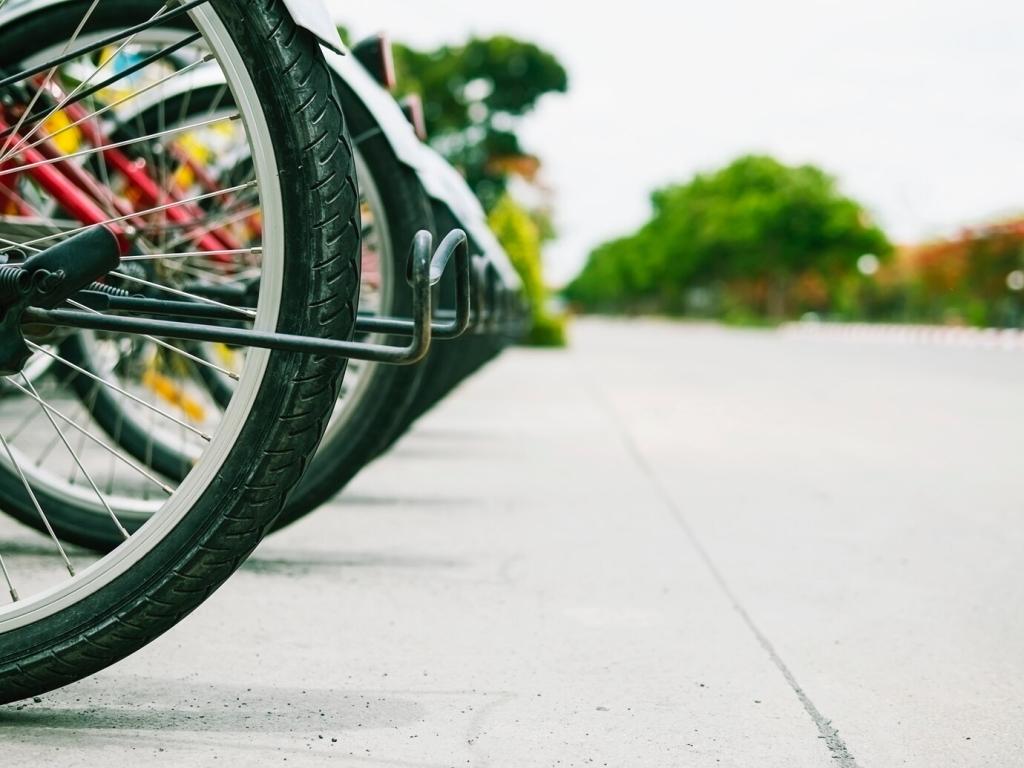
The Role of Electric Scooters in Reducing Urban Pollution
Chosen theme: The Role of Electric Scooters in Reducing Urban Pollution. Welcome to a fresh, friendly dive into how small wheels can make big air feel better. Explore stories, facts, and practical ideas—and subscribe for weekly clean-city inspiration.
Why Urban Pollution Needs Micromobility Now

Cold starts and short trips: the dirty secret
Short car trips cause a disproportionate share of pollution because engines run cold, filters underperform, and congestion multiplies idling. Electric scooters excel here, replacing those two-to-three kilometer errands with virtually zero tailpipe emissions.

Tiny footprint, big impact per kilometer
Per kilometer, a well-managed electric scooter typically consumes a fraction of the energy a private car uses, especially in stop‑and‑go traffic. Multiply that by thousands of daily rides, and the avoided exhaust adds up fast.

Your city, your lungs, your choice
Every cleaner trip is a small vote for breathable streets. Try replacing one short drive this week with a scooter ride, then tell us how it felt and what you noticed about the air.
Modal Shift in Practice: Replacing Short Car Journeys
Miguel switched from a fifteen-minute car hop to a shared scooter in Madrid’s Chamberí. He saved time parking, skipped traffic, and realized his evening cough faded after a month. One tiny swap, repeated daily, quietly trimmed neighborhood fumes.
Modal Shift in Practice: Replacing Short Car Journeys
For first- and last-mile journeys, scooters bridge gaps to bus stops and metro stations that feel too far to walk. That link keeps commuters out of cars, reducing emissions not only from trips themselves but from congestion ripple effects.


Building the Right Infrastructure for Clean Scooting
01
Protected lanes give riders a smooth, direct path so drivers are not forced to weave or brake unpredictably. Fewer near-misses and blocked lanes mean less honking, less idling, and cleaner corridors for everyone sharing the street.
02
Designated scooter bays, painted clearly near intersections and transit hubs, replace chaotic clusters with order. Geofenced locks and photo end-of-ride proof drive compliance, building public trust—essential for the long-term micromobility shift that cleans urban air.
03
Operations teams increasingly use cargo bikes and swappable batteries to service fleets. By avoiding van collection loops and optimizing routes, they slash operational emissions—so the pollution savings from each scooter ride remain truly meaningful.
The Energy Behind the Ride: Batteries, Grid, and Life Cycle
Cleaner grids amplify scooter benefits
As cities add wind and solar to the grid, every kilowatt-hour used to charge a scooter carries less carbon. Nighttime charging can align with surplus generation, shrinking lifecycle emissions compared with gasoline burned on congested arterials.
Durability and repairability matter
Modern scooters are built with modular decks, rugged forks, and easily replaceable electronics. Longer lifespans dilute manufacturing impacts across more rides, cutting embodied emissions. Share your thoughts on right-to-repair policies that could accelerate these gains.
Smarter operations, fewer service miles
Fleet software predicts demand, staging scooters where rides are likely to start, rather than shuttling vehicles back and forth. Combined with e-cargo servicing, this smart approach keeps maintenance miles low and local pollution down.
Safety and Etiquette as Pollution Strategy
Riding predictably—straight lines, clear signaling, respectful speeds—calms interactions with drivers, which reduces braking spikes and horn use. A calmer flow means fewer stop‑start clouds and a more welcoming path to mass adoption.
Safety gear is not just about you; it reassures families, planners, and drivers that scooters belong. When nights are well lit and riders are visible, the mode grows, displacing more short car journeys and tailpipes.
Keeping sidewalks clear and yielding to pedestrians protect accessibility for everyone, including those using canes, strollers, or wheelchairs. Responsible scooting preserves public support, which keeps programs alive long enough to deliver measurable air-quality wins.




